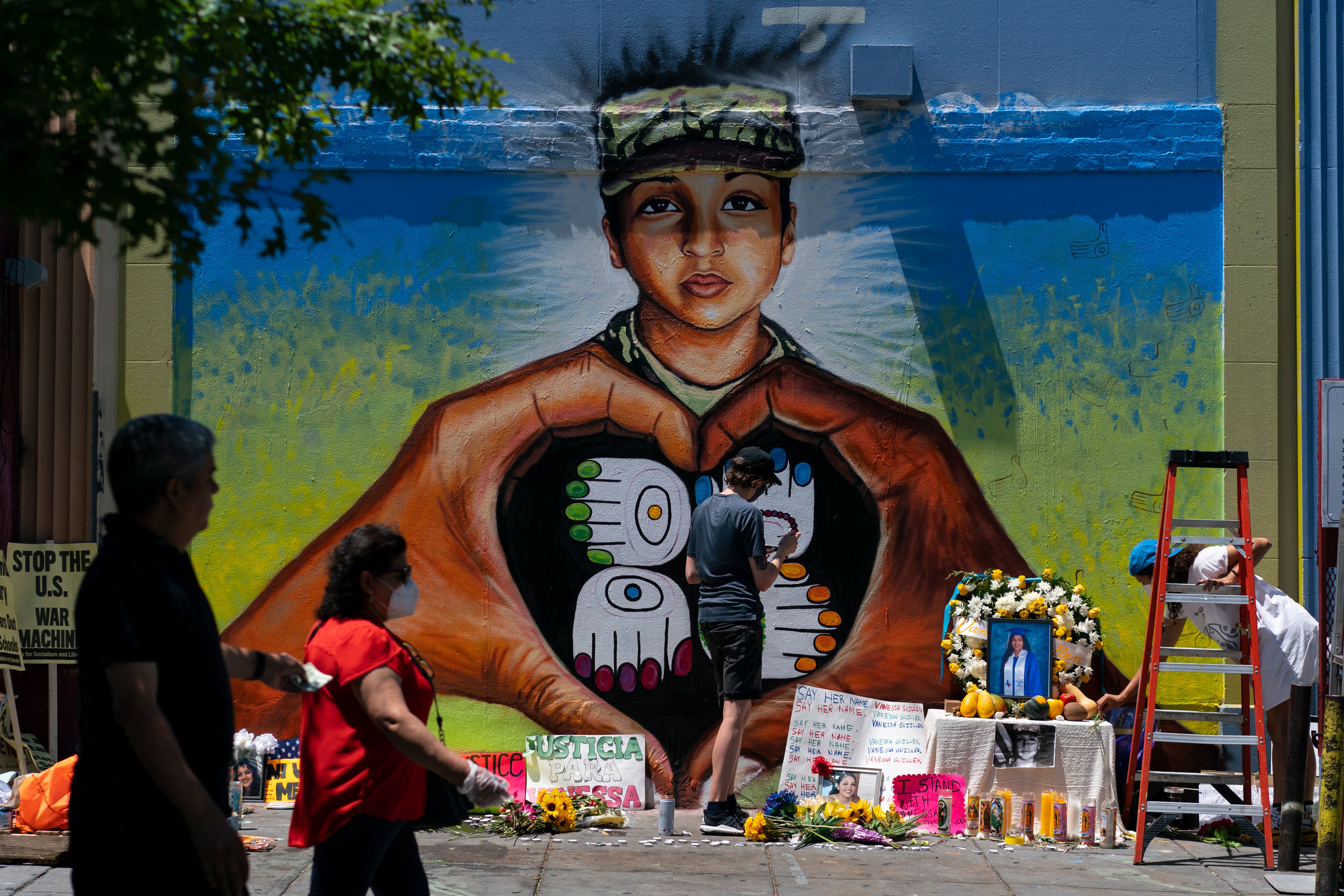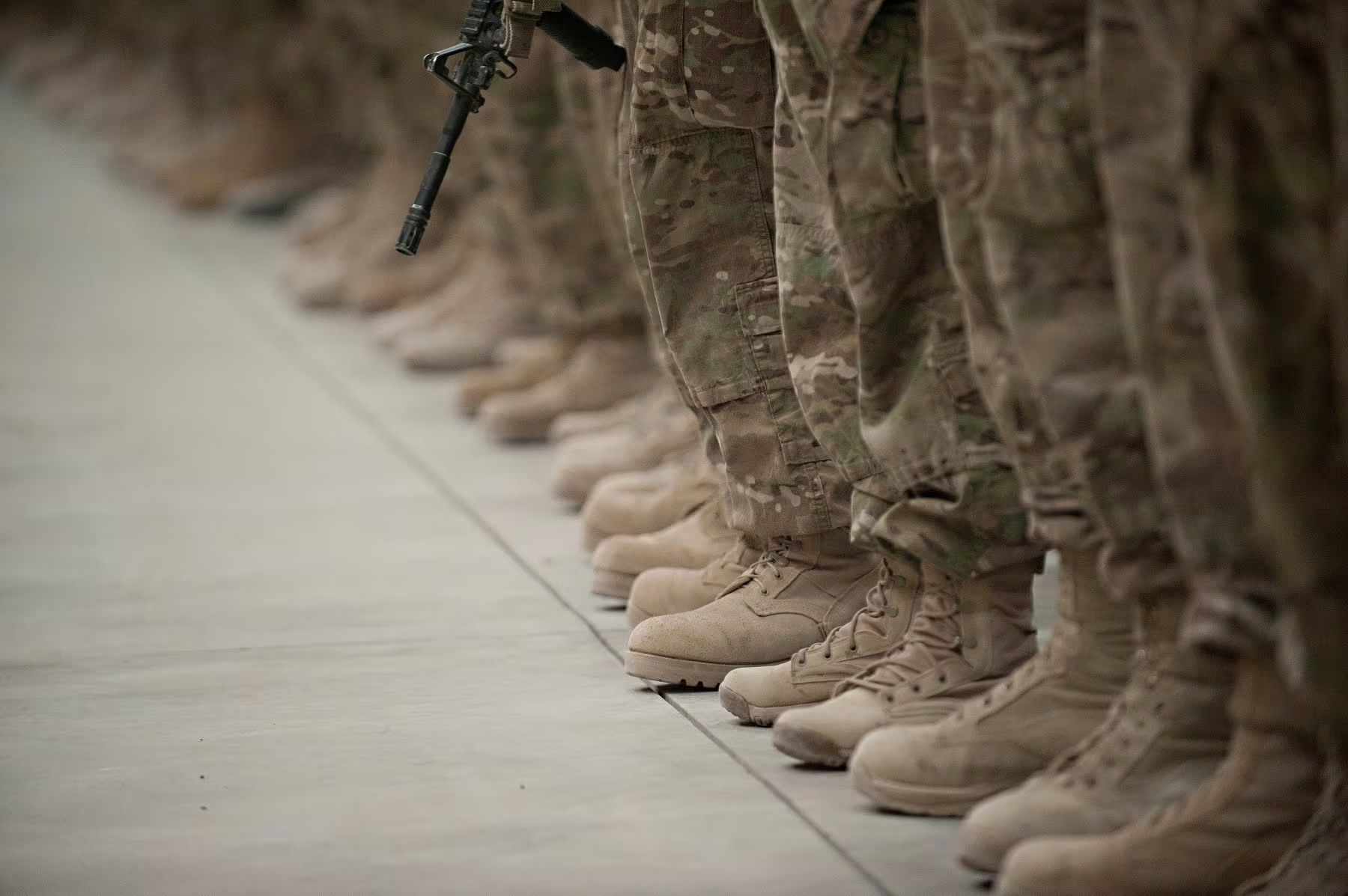The Army chief of staff and service secretary have been discussing potential changes to how units report soldiers missing and how they look for troops who disappear from formations.
Service members who are absent without leave for more than 30 days can be listed as deserters. The offense is typically associated with intentionally slipping away from one’s duty station, but disappearances that involve foul play complicate the practice.
“This has been a topic of debate at the highest levels of the Army for the last several weeks — our reporting policies associated with a soldier,” Army Secretary Ryan McCarthy told reporters Thursday while visiting Fort Hood, Texas. “Are they AWOL? Are they DUSTWUN [duty status—whereabouts unknown]? What are they and when do you make these determinations? I think we do need to take a very hard look at that.”
There have been instances in which soldiers were listed as deserters, only to have their names later cleared. A recent example was Pvt. Gregory Morales, a Fort Hood soldier who disappeared days before he was set to be discharged from the Army and was later found dead off base.
Morales was listed as a deserter last summer. But the Army ultimately struck his name from the list after his remains were found nearly a year later and local police said they suspected foul play in his death.
RELATED

“Gen. [James] McConville, our chief of staff, and I have talked about this at length, of just how we do that, how we continue to look for our soldiers when they end up missing,” McCarthy said Thursday. “So we’re going to take a look at that and we may make a change related to that downstream.”
Morales was last seen in August 2019. His unit, the 1st Cavalry Division, “dropped” him from their accountability rolls after he had been missing for a month, officials at the unit said previously. However, Morales’ remains were ultimately discovered in a field just miles from the central Texas installation this June.
Morales’ mother, Kim Wedel, has previously told Army Times that she “fought from Day One” with military investigators and local police who told her there was no evidence anything bad happened to her son. She disagreed, citing the fact that he disappeared with no money just days before he was set to be discharged.
Army CID agents recovered the car Morales was last seen driving, but he was not with it. Wedel said she was not told Morales’ vehicle had been recovered until the family found a Carfax report in May that showed it was in Dallas in December and sold at auction. When Wedel called Army CID, officials acknowledged they had already recovered the car in January.
RELATED

“You don’t think that would be something to tell us? Why keep that a secret?” Wedel recalled during an interview last month. “That was the first time that they even came close to admitting they might have screwed up, and maybe something did happen to him since they recovered the car and he wasn’t with it.”
In mid-July, the Army finally reinstated Morales to reflect he was on active duty at the time of his death, clearing the way for the deceased soldier to receive a burial with military honors, his mother said.
Situations like those appear to be the focus of the discussions that McCarthy acknowledged were underway, though he did not specifically reference Morales’ case.
The Army secretary made the remarks to reporters at the end of a two-day visit to Fort Hood. He was there to engage with local civilian and military leadership and to conduct “sensing sessions” with enlisted soldiers and junior officers, the post said in a press release.
During McCarthy’s visit, he discussed the upcoming command climate review that will look for the “root causes” of why violent crime rates are so high at Fort Hood.
Kyle Rempfer was an editor and reporter who has covered combat operations, criminal cases, foreign military assistance and training accidents. Before entering journalism, Kyle served in U.S. Air Force Special Tactics and deployed in 2014 to Paktika Province, Afghanistan, and Baghdad, Iraq.





